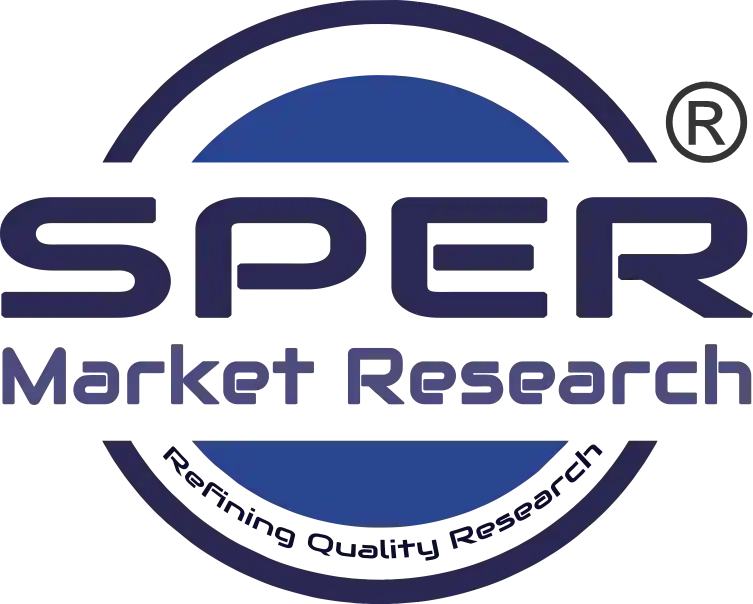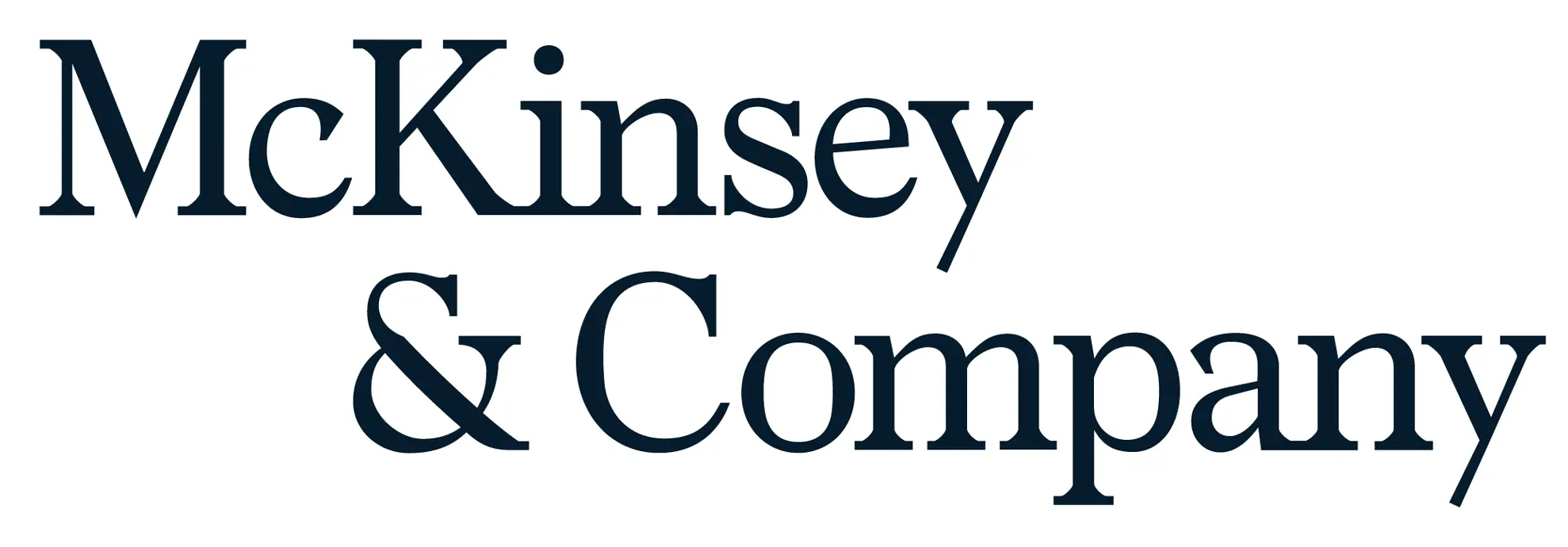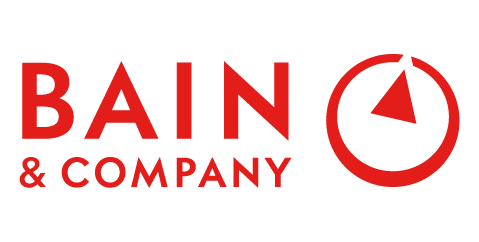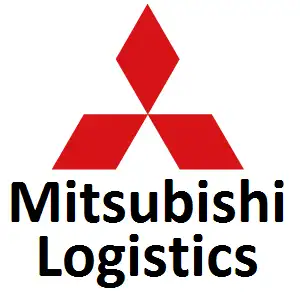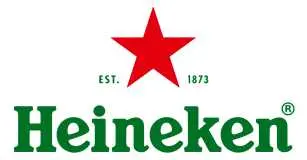
Industrial Robotics Market Growth, Trends, Size, Revenue, Demand and Future Opportunities
Industrial Robotics Market Growth, Size, Trends Analysis - By Application, By End Use - Regional Outlook, Competitive Strategies and Segment Forecast to 2034
| Published: Feb-2025 | Report ID: IACT2529 | Pages: 1 - 246 | Formats*: |
| Category : Information & Communications Technology | |||
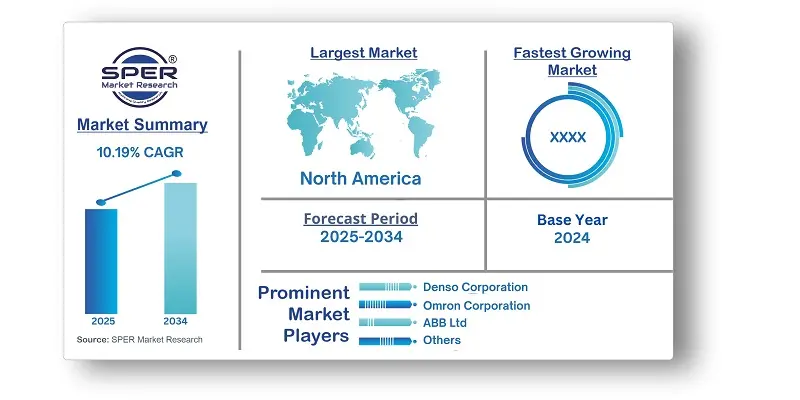
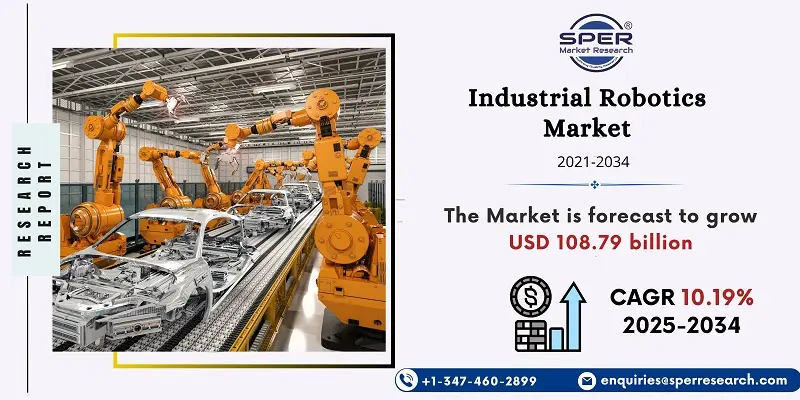
- In June 2024, RoboDK and KEBA Industrial Automation partnered to combine the capabilities of their respective systems, RoboDK and Kemro X. The goal of this partnership is to enable users to test different industrial robot configurations in the real world, enabling well-informed automation process decision-making. Customers will gain from greater testing and simulation capabilities through the integration of various platforms, which will ultimately increase robot deployment efficiency. This collaboration demonstrates a dedication to developing cutting-edge technological solutions to further industrial automation.
- In May 2024, Neura Robotics and OMRON formed a strategic alliance to use AI-enhanced cognitive robots into production processes. This partnership aims to improve safety protocols and operational efficiency in manufacturing settings by utilizing cutting-edge artificial intelligence. Both businesses hope to develop more intelligent, responsive robotic systems that can adjust to different production constraints by fusing their respective technologies. An important advancement in the development of industrial automation is represented by this project.
- In February 2024, Olis Robotics and Kawasaki Robotics partnered to provide customers with integrated solutions that increase production speed and reduce downtime expenses. Through this partnership, Olis remote error recovery technology may be implemented on Kawasakis robotic systems, facilitating quicker troubleshooting and operational disruption recovery. The collaboration aims to drastically cut downtime expenses by as much as 90% while giving users quick access to knowledgeable assistance. When combined, they seek to increase industrial settings' overall productivity and streamline processes.
| Report Metric | Details |
| Market size available for years | 2021-2034 |
| Base year considered | 2024 |
| Forecast period | 2025-2034 |
| Segments covered | By Application, By End Use. |
| Regions covered | North America, Latin America, Asia-Pacific, Europe, and Middle East & Africa. |
| Companies Covered | ABB Ltd., Comau SpA, Denso Corporation, Fanuc Corporation, Kawasaki Heavy Industries Ltd., KUKA AG, Mitsubishi Electric Corporation, Nachi-Fujikoshi Corp., Omron Corporation, Yaskawa Electric Corporation and others. |
- Global Industrial Robotics Market Size (FY’2021-FY’2034)
- Overview of Global Industrial Robotics Market
- Segmentation of Global Industrial Robotics Market By Application (Handling, Assembling & Dissembling, Welding & Soldering, Cleanroom, Dispensing, Processing and Others)
- Segmentation of Global Industrial Robotics Market By End Use (Automotive, Electrical/Electronics, Metal/Heavy Machinery, Chemical, Rubber, & Plastics, Food and Others)
- Statistical Snap of Global Industrial Robotics Market
- Expansion Analysis of Global Industrial Robotics Market
- Problems and Obstacles in Global Industrial Robotics Market
- Competitive Landscape in the Global Industrial Robotics Market
- Details on Current Investment in Global Industrial Robotics Market
- Competitive Analysis of Global Industrial Robotics Market
- Prominent Players in the Global Industrial Robotics Market
- SWOT Analysis of Global Industrial Robotics Market
- Global Industrial Robotics Market Future Outlook and Projections (FY’2025-FY’2034)
- Recommendations from Analyst
1.1. Scope of the report1.2. Market segment analysis
2.1. Research data source
2.1.1. Secondary Data2.1.2. Primary Data2.1.3. SPERs internal database2.1.4. Premium insight from KOLs
2.2. Market size estimation
2.2.1. Top-down and Bottom-up approach
2.3. Data triangulation
4.1. Driver, Restraint, Opportunity and Challenges analysis
4.1.1. Drivers4.1.2. Restraints4.1.3. Opportunities4.1.4. Challenges
5.1. SWOT Analysis
5.1.1. Strengths5.1.2. Weaknesses5.1.3. Opportunities5.1.4. Threats
5.2. PESTEL Analysis
5.2.1. Political Landscape5.2.2. Economic Landscape5.2.3. Social Landscape5.2.4. Technological Landscape5.2.5. Environmental Landscape5.2.6. Legal Landscape
5.3. PORTERs Five Forces
5.3.1. Bargaining power of suppliers5.3.2. Bargaining power of buyers5.3.3. Threat of Substitute5.3.4. Threat of new entrant5.3.5. Competitive rivalry
5.4. Heat Map Analysis
6.1. Global Industrial Robotics Market Manufacturing Base Distribution, Sales Area, Interface Type6.2. Mergers & Acquisitions, Partnerships, Interface Launch, and Collaboration in Global Industrial Robotics Market
7.1. Assembling & Dissembling7.2. Cleanroom7.3. Dispensing7.4. Handling7.5. Processing7.6. Welding & Soldering7.7. Others
8.1. Automotive8.2. Electrical/Electronics8.3. Metal/Heavy Machinery8.4. Chemical, Rubber, & Plastics8.5. Food8.6. Others
9.1. Global Industrial Robotics Market Size and Market Share
10.1. Asia-Pacific
10.1.1. Australia10.1.2. China10.1.3. India10.1.4. Japan10.1.5. South Korea10.1.6. Rest of Asia-Pacific
10.2. Europe
10.2.1. France10.2.2. Germany10.2.3. Italy10.2.4. Spain10.2.5. United Kingdom10.2.6. Rest of Europe
10.3. Middle East and Africa
10.3.1. Kingdom of Saudi Arabia10.3.2. United Arab Emirates10.3.3. Qatar10.3.4. South Africa10.3.5. Egypt10.3.6. Morocco10.3.7. Nigeria10.3.8. Rest of Middle-East and Africa
10.4. North America
10.4.1. Canada10.4.2. Mexico10.4.3. United States
10.5. Latin America
10.5.1. Argentina10.5.2. Brazil10.5.3. Rest of Latin America
11.1. ABB Ltd.
11.1.1. Company details11.1.2. Financial outlook11.1.3. Interface summary11.1.4. Recent developments
11.2. Comau SpA
11.2.1. Company details11.2.2. Financial outlook11.2.3. Interface summary11.2.4. Recent developments
11.3. Denso Corporation
11.3.1. Company details11.3.2. Financial outlook11.3.3. Interface summary11.3.4. Recent developments
11.4. Fanuc Corporation
11.4.1. Company details11.4.2. Financial outlook11.4.3. Interface summary11.4.4. Recent developments
11.5. Kawasaki Heavy Industries Ltd.
11.5.1. Company details11.5.2. Financial outlook11.5.3. Interface summary11.5.4. Recent developments
11.6. KUKA AG
11.6.1. Company details11.6.2. Financial outlook11.6.3. Interface summary11.6.4. Recent developments
11.7. Mitsubishi Electric Corporation
11.7.1. Company details11.7.2. Financial outlook11.7.3. Interface summary11.7.4. Recent developments
11.8. Nachi-Fujikoshi Corp.
11.8.1. Company details11.8.2. Financial outlook11.8.3. Interface summary11.8.4. Recent developments
11.9. Omron Corporation
11.9.1. Company details11.9.2. Financial outlook11.9.3. Interface summary11.9.4. Recent developments
11.10. Yaskawa Electric Corporation
11.10.1. Company details11.10.2. Financial outlook11.10.3. Interface summary11.10.4. Recent developments
SPER Market Research’s methodology uses great emphasis on primary research to ensure that the market intelligence insights are up to date, reliable and accurate. Primary interviews are done with players involved in each phase of a supply chain to analyze the market forecasting. The secondary research method is used to help you fully understand how the future markets and the spending patterns look likes.
The report is based on in-depth qualitative and quantitative analysis of the Product Market. The quantitative analysis involves the application of various projection and sampling techniques. The qualitative analysis involves primary interviews, surveys, and vendor briefings. The data gathered as a result of these processes are validated through experts opinion. Our research methodology entails an ideal mixture of primary and secondary initiatives.
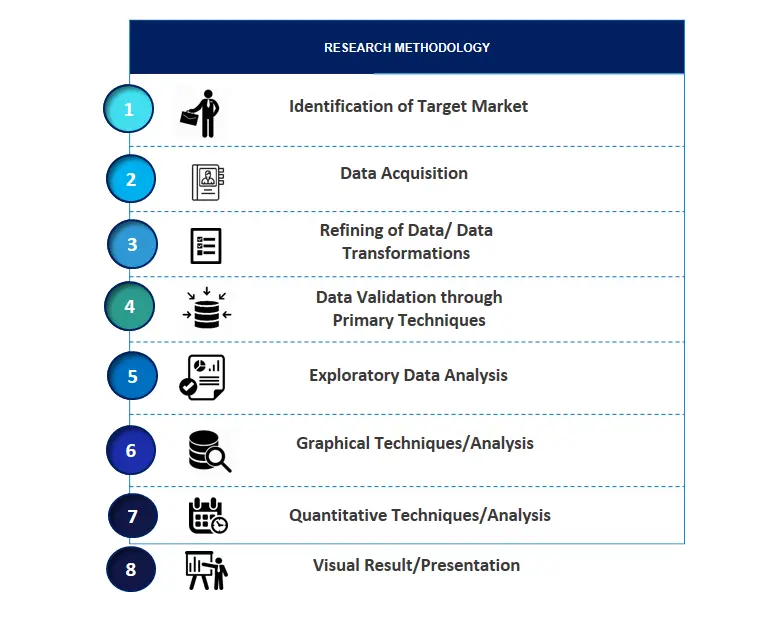
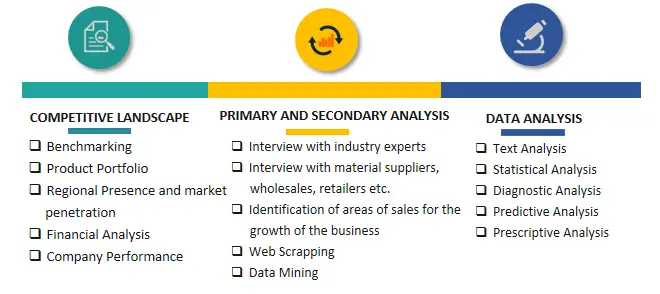

Frequently Asked Questions About This Report
PLACE AN ORDER
Year End Discount
Sample Report
Pre-Purchase Inquiry
NEED CUSTOMIZATION?
Request CustomizationCALL OR EMAIL US
100% Secure Payment



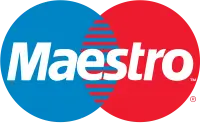


Related Reports
Our Global Clients
Our data-driven insights have influenced the strategy of 200+ reputed companies across the globe.
